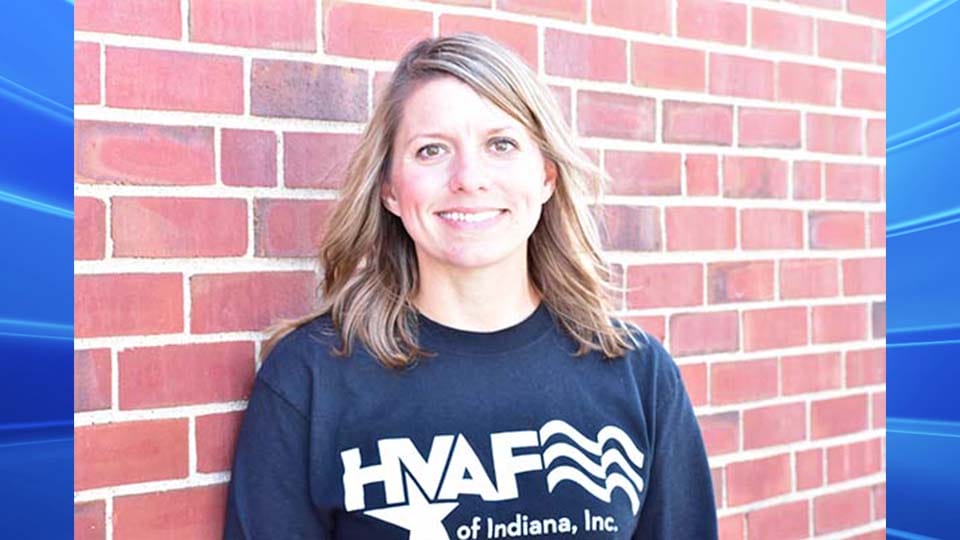How the community can help lower veteran suicide rates
Subscriber Benefit
As a subscriber you can listen to articles at work, in the car, or while you work out. Subscribe Now
Unfortunately, suicide is a leading cause of death among all Americans, especially veterans. In fact, suicide is the 13th leading cause of death for veterans, and the 2nd leading cause of death for veterans under the age of 45.
Every day, 17 veterans die by suicide.
Just over 6,300 veterans died by suicide in 2021, including 140 Hoosier veterans. Each of these deaths represents a life ended tragically. Prematurely. Each of these deaths is still mourned by family and friends. Each of these veterans deserves to be here today.
The Department of Veterans Affairs produces a National Veteran Suicide Prevention Annual Report, which outlined seven recommendations to address veteran suicide in 2023:
- Promote secure firearm storage for veteran suicide prevention: 72% of veteran suicides were by firearm in 2021. 1 in 3 veterans store at least 1 firearm unlocked and loaded. Securing firearms has been found to reduce suicide.
- Implement and sustain community collaborations to reach more veterans: Over 60% of veterans who died by suicide in 2021 were not seen at a VA facility. More partnerships in the community focused on preventing veteran suicide would save more lives.
- Continued expansion of crisis intervention services: Access to crisis prevention services is available 24 hours a day by calling 988.
- Improve prevention and intervention services: Create culturally sensitive interventions to address the unique subpopulations with higher suicide rates, including American Indian/Alaskan Natives, younger veterans, transitioning service members, and women.
- Incorporate suicide prevention in non-clinical settings: Suicide risk factors include factors beyond mental health, including financial, work related, legal and social factors. Reducing strain in employment, housing, legal support and financial strain is suicide prevention.
- Increase access to and utilization of mental healthcare: Mental health challenges increased for everyone during the pandemic, including veterans. Making access to mental health care is a critical piece of suicide prevention.
- Integrate suicide prevention within medical settings to reach all veterans: Suicide screening, assessment, and safety planning should be an integral part of all medical settings.
Community organizations, including non-profits like HVAF, must be focused on suicide prevention when serving vulnerable populations. While veterans are nearly twice as likely to die by suicide as non-veterans, veterans experiencing homelessness have an even higher risk of suicide. HVAF staff participate annually in SAVE training to understand the increased suicide risk veterans face, how to recognize warning signs, and how to intervene and offer support.
Suicide prevention is possible. To complete an online, self-led suicide prevention training, please visit SAVE’s website. The life you save might be that of a Hoosier Hero.
If you or someone you know is struggling or in crisis, help is available. Call or text 988 or chat 988lifeline.org.
Emmy is the CEO of Helping Veterans And Families (HVAF), which helps homeless veterans return to self-sufficiency and engages at-risk veterans and their families to prevent them from becoming homeless by providing supportive housing, case management, employment support, therapy, and basic needs including food, hygiene, and clothing.

